Back in April, California-based trio Houses of Heaven released their long-awaited sophomore LP, Within/Without, via Felte Records. With their visceral blend of pummeling post-punk energy and deep synth grooves, the band has been a forever favorite for us here at Post-punk.com since the release of their first EP in 2017. Within/Without, their first LP in four years, explores new horizons and combines eclectic genres such as krautrock, dub, drum and bass, and psychedelic-tinged techno while still remaining engaging and heartfelt across each track. Guest vocalists such as Ms. Boan (aka Mariana Saldaña) and Douglas McCarthy of Nitzer Ebb add extra flavor to the LP’s already diverse sonic palate.
We had the pleasure of catching up with Houses of Heaven’s current lineup, including vocalist and multi-instrumentalist Keven Tecon, fellow multi-instrumentalist Adam Beck, and newcomer Rachel Travers, who drums on the record. Matia Simovich (INHALT/Infinite Power Studios) also stopped by to answer a few questions about producing the album.
—–
Congratulations on a stellar second album! How did Within/Without come together? What is your writing process like these days?
Adam: Most of this record came about while Keven was living in LA and the rest of the band was living in the Bay Area, so a lot of this record came about from sending Logic files back and forth. Someone would write something, send it off to the rest of the band, who then may edit it, change it, or add to it, and then send it back, and the process repeated. In the past we would pull demos into the practice studio and try to flesh them out, but this record was primarily done remotely. I think in terms of songwriting this led to a more electronic and sequencer based album than some of the previous work.
Keven: I think Within/Without was a lot less stressful for us to make than the first album. With Silent Places there was a lot of conflict as we were trying to figure out how best to express our different influences. It was a really difficult record to make and there were several times I felt like giving up during the process. I’m really happy with it now, though. With the new record, we had already established a certain direction and template so it was easier for us to explore within those boundaries. As Adam said, since we were in different locations, we each worked on demos and passed them back and forth. I think between that way of working and what we were listening to at the time, the demos were a lot more electronic. Part of the challenge from there was how to adjust the songs for a live band. It wouldn’t have made sense for us to turn into a fully techno or experimental electronics project so a lot of this was done with the arrangements. I really enjoy the contrast of the experimental sounds and ideas and arranging them in a more traditional pop structure.
Matia: I was in Los Angeles and I remember “Sightline” was technically the first track we worked on before commencing the LP outright. Keven and I came up with a new drum track on an MPC 2000xl and the legendary funky drummer loop; chopped and rearranged of course.
Can you expand on some of the lyrical themes of the record?
Keven: The title “Within/Without” was sparked by a quote from Thatcher, describing the country being at war on two fronts. From both within and without. I feel like that’s what each of us is doing on a personal level, fighting both within and outside of ourselves. There’s a real search for human connection running through the lyrics. The paradox of how it can be easier to open up to a stranger than to those closest to us. A yearning for meaningful connections, but without true vulnerability or consequences. That’s why trauma bonding is so powerful, we can quickly make intense connections and it can feel like a drug. Another theme is fear of an uncertain future while also being bored and tired of the past. The desire to set ablaze the old and familiar, making room for something entirely new to emerge. Living in this balance is a very anxious place to be. I read a book called The Coming Wave, which delves into how each new technological leap could hold the power to either propel civilization forward or become its undoing. And it’s only through sheer luck that we’ve managed to survive this long.

What were you listening to when writing the record? The band is generally pretty eclectic as far as the post-punk genre is concerned, so I’d love to talk about where you find inspiration. Were there any outside influences that permeated your writing?
Keven: I wasn’t listening to much post-punk or darkwave stuff. We were listening to more techno, jungle, drum & bass, dub and experimental electronics stuff. Music from labels like SVBKVLT, Metalheadz, LIES. Things like Tzusing, Goldie, Acid Arab, Andy Stott, DJ Lag etc.. But of course there are still plenty of classic influences mixed in like Clan of Xymox, Cabaret Voltaire, Nine Inch Nails etc…
Adam: I started getting far more into synths than I ever have before, which then led to me listening to a lot more electronic music than I was when working on previous records. From my side, influences came from ominous and heady electronic artists like Kwartz, Shifted, or Andy Stott, as well as a prolonged period of listening to almost nothing but Gqom. These things always end up getting filtered through a punk/noise/indie background, though..
Did you record any extra material – b-sides, compilation tracks, etc.?
Keven: We have tons of additional demos and ideas from that time that were never completed. Sometimes it’s a matter of not being able to unlock a particular track at that moment so we occasionally bring back old ideas and rework them. It can take a while for a song to present itself.
Adam: Aside from two songs, we sort of narrowed down what tracks we were going to put on the record prior to hitting the studio. Once in the studio decisions were made to ditch a sort of ambient instrumental we were going to add, and a slower dark track that Keven was struggling to find vocals for. I absolutely loved both those tracks, so hopefully we’ll find a place for them in the future! Almost all of the record was written by making demo recordings in Logic, and we tend to churn out tons of ideas and filter down from there – so every thought we had is on a hard drive somewhere. There are literally dozens of tracks that we worked on for a bit but which just didn’t feel right for the record. That being said, we’ve been known to pull songs that are years old and rework them, (for example, the end track, “Sightline”, was originally written for our first EP) so I wouldn’t be surprised if some of the demos found a home on a later release.
Keven – you’ve been incredibly active for as long as I’ve known you – can you tell me how your creative process has evolved over the course of all the bands you’ve been involved with?
Keven: That’s a tough one to answer! This could probably be its own interview so I’ll try to move quickly through each one. I’ve been lucky enough to play with some amazing people and learned a lot from each experience. Veil Veil Vanish was very guitar based with a mix of post-punk and shoegaze so we used to jam out most of the ideas in a rehearsal studio. None of us had recording software so we would bring in very basic song ideas recorded on a 4-track and work them out together. It’s strange to think about now, but every song we wrote ended up on either the EP or LP. We didn’t have any extra songs or things we threw away. When that band fell apart I needed a break and didn’t want to be a singer anymore. That’s when Amy Rosenoff (bass player in Veil Veil Vanish) and I met Hether Fortune from Wax Idols. I told her I could play drums even though I had never played drums in a band before. It was a great experience for me to just play drums and not have to be the band leader. Hether is a great songwriter and would bring in ideas she had written on guitar. Amy and I had been playing together for so long that it was easy for us to create the rhythm sections to the songs. I really enjoyed writing from the drummer perspective and tried to make each part interesting and lyrical in its own right.
Rachel ended up joining Wax Idols on drums when I left. Around that time I met Luis Vasquez in Oakland who had just started The Soft Moon with Damon Way and Justin Anastasi. Justin and I had previously played together in Veil Veil Vanish. Bay Area bands were very incestuous with everyone playing in each other’s bands. The Soft Moon started out with guitar, bass, keys and a drum machine but Luis was really inspired by psych bands so wanted to have a live drummer. Justin and I spent a lot of time figuring out how to incorporate live drums, trying to keep the power and relentlessness of the drum machine but give things a human feel. That’s when I started getting into samplers, drum triggers and learning how to sync gear with midi. We didn’t know anyone else in our circle doing this at the time so it took a lot of experimenting before we settled on a setup we liked. With The Soft Moon it was all about repetition and the writing was very loop based. Luis was writing in Ableton Live where he would cut and paste ideas on the grid and have elements coming in and out. I learned a lot about the power of rhythm and repetition from him.
Though I think Houses of Heaven sound different from all of the previously mentioned bands, the creative process is very much a mix of those past experiences. The different ways of writing, of viewing music and sound, and of trying to connect with people through the songs…
Rachel, this is your first collaboration with the group, tell us more about how you joined and your work on the album.
Rachel: Though this is my first collab with the group, I’ve actually known both Keven and Matia for years. I ended up filling Keven’s spot when he was the drummer in Wax Idols. Despite not meeting him for a few years, I became intimately aware of his compositional style through learning the drum parts he wrote. Later when he joined back in for a tour supporting the group on synth + guitar, we hit it off! Years later when he called me and asked if I could start rehearsing with him and Adam, I was ecstatic since I loved what they had been putting out.
Providing live drums for the album, I was able to add another punchy, textural layer that I feel a lot of drum machine bands are missing. They’re something ineffable about the way air travels through a room and into a mic behind that first big transient of a drum strike. The way Matia mixed and blended the electronic drums and acoustic drums felt perfect.
Of course, I have to ask about Douglas McCarthy – how did that collaboration come about?
Keven: I was having some difficulty coming up with the right vocal approach for the song that would eventually become “The End of Me”. The vocals on the demo were very monotone and percussive, inspired by some of the early Nitzer Ebb songs so Matia suggested we see if Douglas would want to sing on it. We sent him both my vocal demo and an instrumental of the track and told him he could do whatever he wanted. When he came into the studio we had no idea what he was going to sing. I remember Matia and I being blown away with his approach to the track and how it brought the song to life.
Matia: We were working on a version of the song with Keven singing and we were having a really hard time finding the right vocal vibe. During the vocal tracking I called for a break and told Keven that maybe what we needed was a more aggressive vocal in a classic sort of way. The voice I kept hearing in my head was Douglas’ unmistakable swagger so I gave him a call and asked him last minute to come in. I’ve been working with Bon and Doug on several of their projects over the last couple of years so it was smooth sailing as Doug knew how seamless tracking vocals is with me. What we weren’t prepared for was the level of melodic genius that Doug had worked out, totally elevating the song to a new level and forcing us to rethink additional melodies. Doug is a stone cold pro and a genius when it comes to interesting vocal arrangements and his studio etiquette is immense. I love working with artists who have real studio experience because it makes the whole process seamless.
…and it’s always a pleasure to hear Mariana’s vocals – was “Deserve” written together, or was the track written before she contributed her vocals?
Keven: We had the instrumental written and along with the title. Sonically the song was different from anything else we were working on. More pop with some Italo influence so I didn’t think my voice would be right for it. We were already friends with Mariana and loved her work with BOAN, Medio Mutante, and Boy Harsher, so we asked her if she wanted to contribute some vocals to the track. We loved what she came up with and had a great time making the video together as well.
Matia – tell us about your production on this record. Were you hands on in the creative process from day one, or did you help mold all the tracks once they were laid down?
Matia: After I produced the first HOH LP, I think we all built a good creative relationship. Keven kept me in the loop with the demos for the second record as they were developing so I gave my feedback on some songs early on in the stages of its gestation. There was a lot of pressure on everyone to up the ante after we completed the first LP, which we all felt was a landmark and success for the band and for me as a producer and mixer. The pressure on me, with this one, was to come up with an overall sound and identity for this second album that both made sense for the band but also raised the bar after the last one. What I was looking for was three separate identities and overall sounds that would become the overarching vibe of the LP and help reinforce a narrative through a seamless listen. With that in mind, I realized early on that it would be a matter of experimentation and trying things this time around and being ok with the process not always working out.
I needed to find a way to better integrate Rachel into the band and into the music so I split the record up into more traditional tracking of instruments (drums, guitars) separate and before the outright production and mix process, so that all the elements would be there in some form on the multitrack before I brought the knife out. Doing things this way really helped create a sense of confusion especially in the drum tracks because it wasn’t clear what was live drums and what was drum machines and samples in the end result. And that was the whole point, to be absorbed into the music so that the production defined the experience of viscerality and seamlessness rather than allow trainspotters to spot the odd 808 loop.
I have a couple of co-writes on this record as well and I think there was a general sense of openness and trust between the band and myself in that we were all working towards the same goal and I was allowed plenty of time to establish the final identity without any hindrance or constraint. Within/Without is a perfect example of what happens when I work on the next record and when there is no producer change from the previous LP. It took a year but the results speak for themselves.

I’d love to hear what gear y’all used on the record. Can you tell us a bit about that?
Adam: Right around when our last record was released I got really into modular synths. It’s a great format for sort of creating something that’s unique to yourself and your own interests, or even to sort of compensate for the elements of songwriting you may find challenging. I’ve always found sound design really inspiring, with the majority of parts I write come from creating a unique tone or sound and then moving from there to incorporate it into a track, and modular really lends itself to that.
Keven: For me everything is based around the MPC Live II. I love the workflow so much and can’t live without it. The majority of the drum programming and keyboard sequencing was done on the MPC then recorded through a mixer and preamp to give it some color. This is all before things get to Matia and he does his own processing. We used a ton of different keyboards including a few from Sequential/Dave Smith, Korg MS20, Elektron Digitone, Oberheim OB8, Roland Jupiter 8 and Juno 60, Kurzweil K1000, and a Minimoog. Matia also sampled a lot of parts into a Synclaviar. We really enjoy the mix of using both new and old gear. In the studio we replaced some of the sampled drums with Rachel’s live drumming and hand played percussion. The percussion is an eclectic mix, blending the sounds of modular synths with the organic tones of live drums, shakers and tambourines. It helped create more movement and a live feel by not having everything perfectly quantized to the grid. There’s also a lot of guitar from both Adam and I that’s heavily processed.
Matia: There are several pieces of equipment that were fundamental to the sound of Within/Without. The first one is the centerpiece of Infinite Power Studios, the AMS Neve 8424 mixing console. I knew early on that one of the key components to the record was going to be distortion so I used to liberal extent a custom made distortion pedal from Days of Yore/Skrewed Circuits, a small company in Canada that makes some of the most interesting audio equipment I’ve heard. The Synclavier PSMT was also extensively used, which is the main synth/sampler at IPS. This is an obscenely overbuilt sampler and sequencer workstation from the mid 1980s that’s responsible for some of the biggest records ever made (Black Celebration, Music for the Masses, “Two Tribes,” Slave to the Rhythm, Thriller …). You can hear it doing the drums and bass on “The Depths You Hold” and the giant FM sounds on the end of”New Decay.” We also used it to sample many sounds including Rachel’s drums as well as a memorable sound in “The End of Me” which is a pitched metallic strike that’s actually a sample of me hitting the loading zone sign in front of the studio with a baseball bat. Also ever-present was the PPG Wave 2.3 which made an appearance on many songs. From a medium standpoint, I made sure to traverse several recording mediums and some songs were dumped to analog tape and sped down, much to the dismay of my assistant engineer Grover Greenberg who had to re-edit tape dumps into time.
What touring plans do you have for the LP – are you going to tour more extensively?
Keven: We’re trying to play in as many new cities as we can right now. We never had a chance to tour the first album because it came out right when everything closed for covid. We’re working on US shows now and hoping we can make it over to Europe early next year. §
Within/Without is out via LP and digital formats via Felte Records. Listen/purchase at any of these links here and check below for a list of current tour dates:
- July 28 – Calgary, Terminus Festival
- Sept 21 – Sacramento, Cafe Colonial w/ Tassel
- Sept 29 – Chicago, Cold Waves Festival
- Oct 4 – Portland, Immortalis Festival
- Oct 13 – Los Angeles, Cold Waves Fest LA
- Nov 1 – San Francisco, Substance Fest
Header photo of Houses of Heaven by Alejandro Restrepo

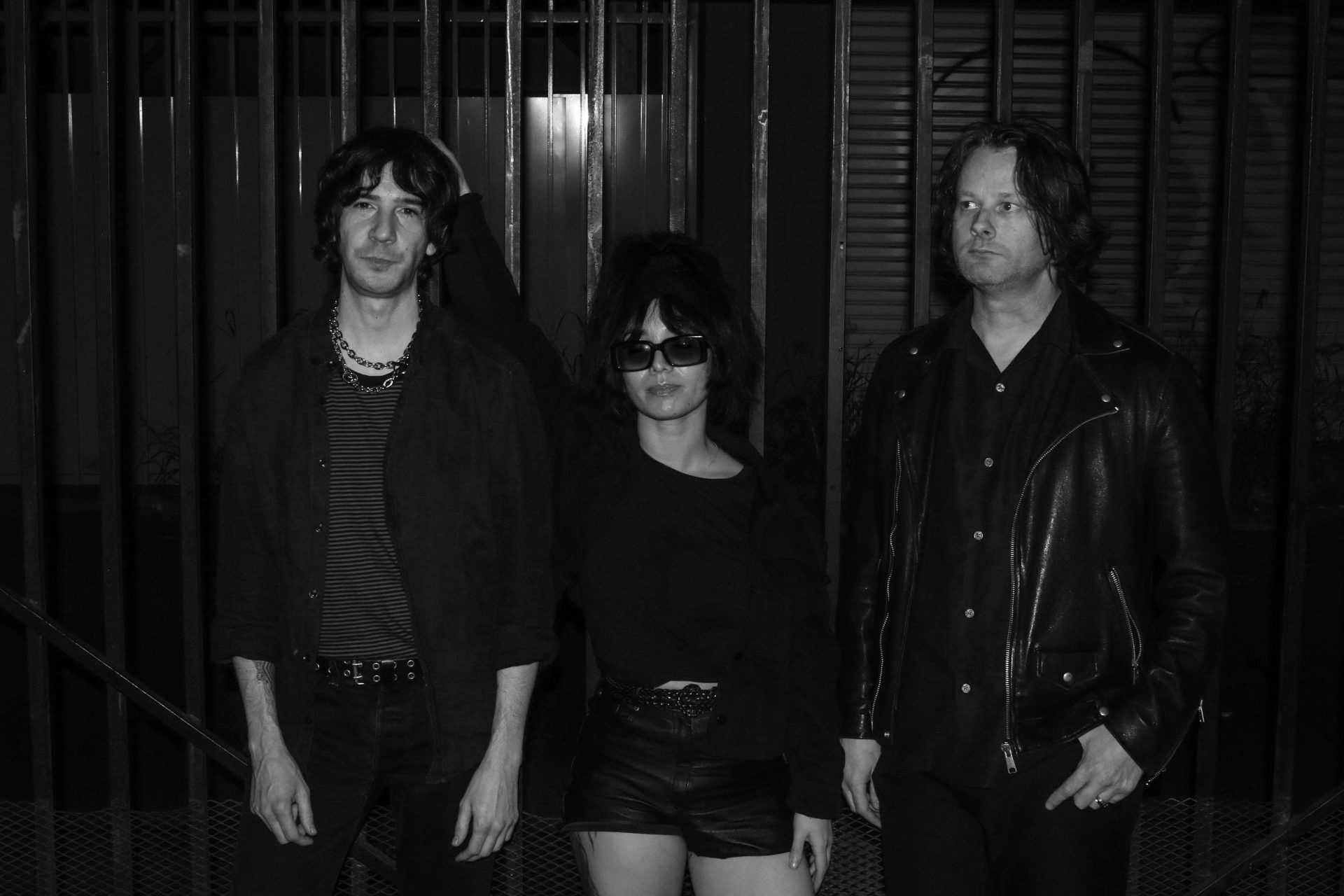


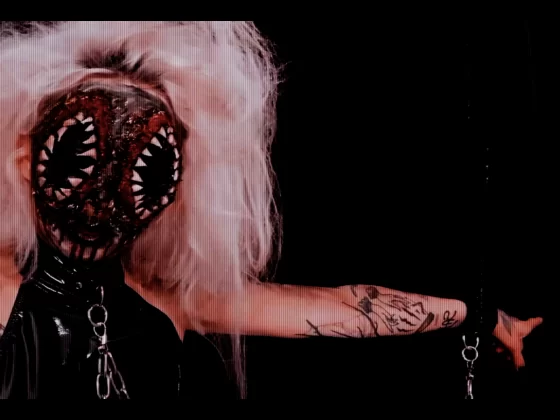

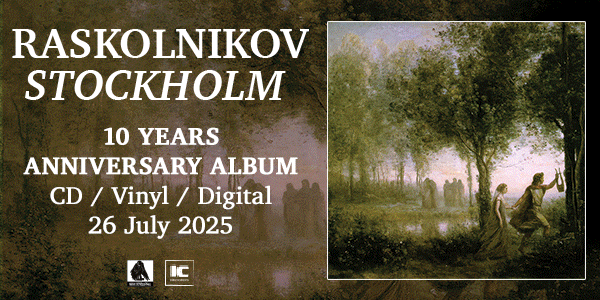






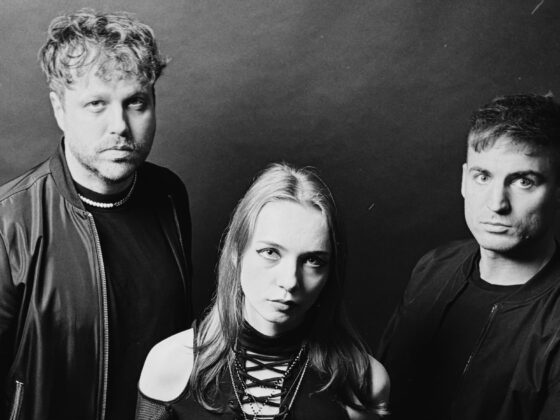


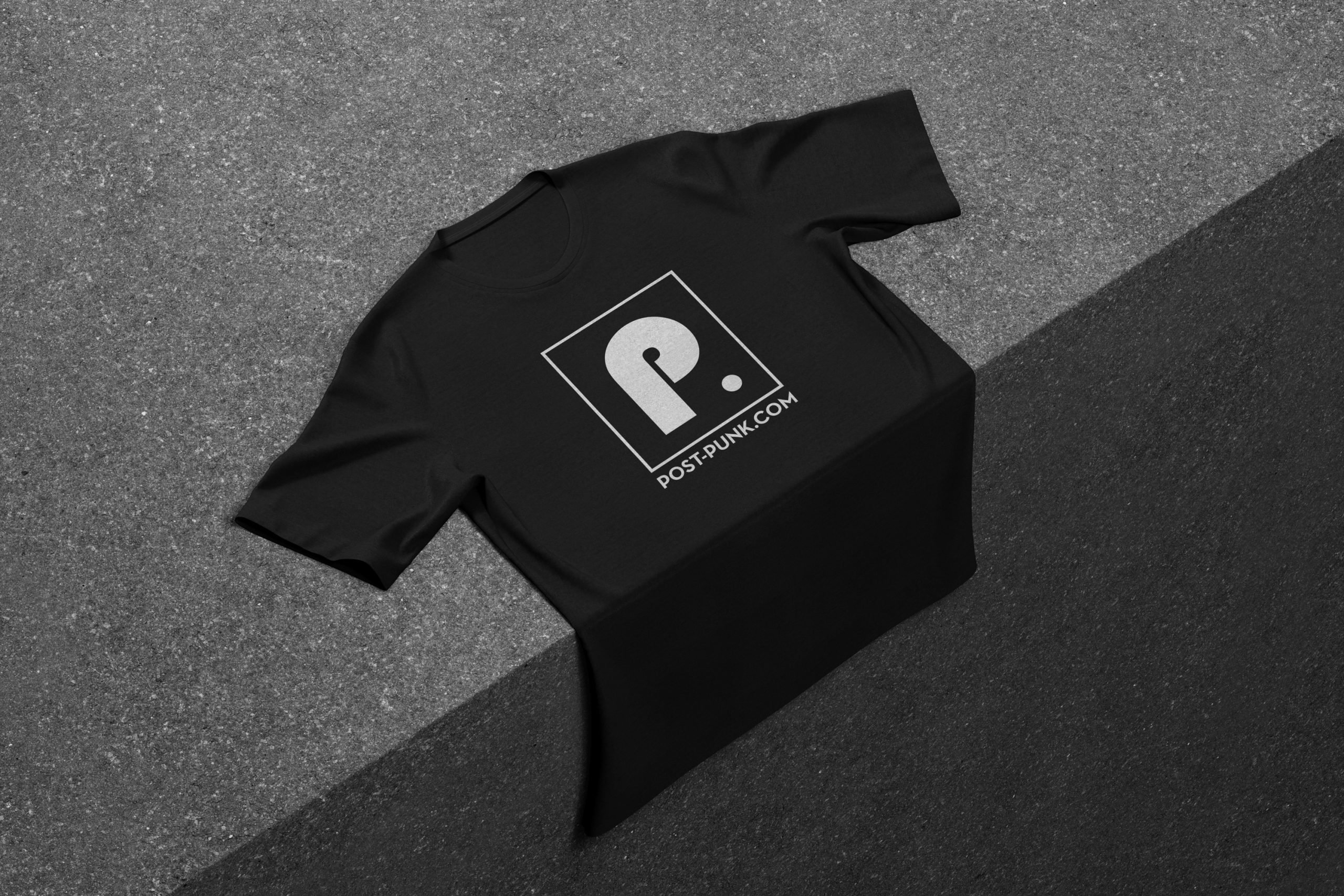 Or via:
Or via: